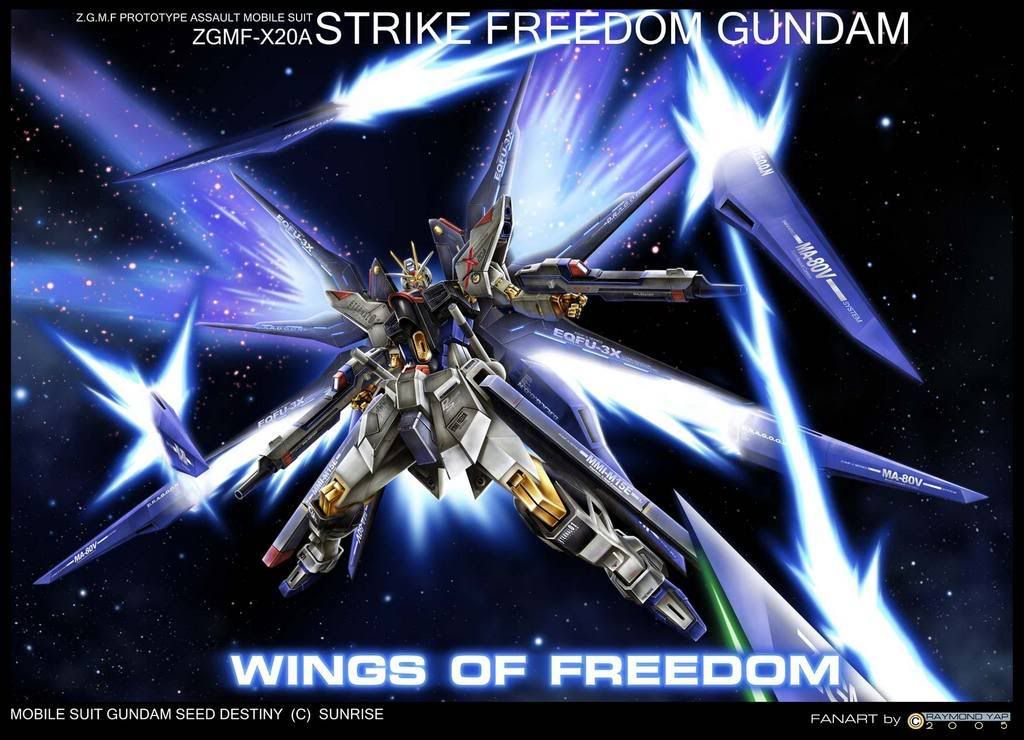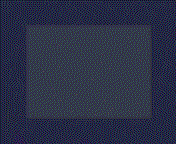
Image

Brushes X |
My fav anime:
2)BLEACH
3)D.Gray Man
4)Gundam SEED/Destiny

 Mine@hotmail.com
Mine@hotmail.com
Loves: friends&family, music, colours, reading, graphic designing
Dislikes: cheaters and sore losers
December 2007
May 2008
Jason
Ke Wei
Soon Git
Choon Shi Jie
Alister
Sze Wei
Yi Teck
link
link
link
link
link
link
Gundam SEED.DESTINY Songs
In the world of Design and Technology, there are :
Perspective drawings(One-point and Two-point drawings)_____________________________________________
 ________________________
________________________- Vertical lines are on the object are drawn vertically on the paper,
- Horizontal lines are drawn 30º to the horizontal line on the paper,
- The measurements along isometric lines are true measurements/ or are scaled proportionately.
____________________________________________________________________
Oblique Drawings are  :
:
- Front face of an object is drawn to scale like without distortion.
- Side and top faces of object are drawn at an angle of 45º axes
- measurements halved out of the 45º axes to give a much more realistic view.
Note: When drawing an oblique drawing, try to show the most complex face as the front. As the front face is not distorted, it is easier to draw than the top or side face.
_____________________________________________________________________
Perspective drawing:
Perspective drawings are split into One-point and Two-point perspectives. There is also the eye level drawing.
(Eye-Level drawing)
In  a One-point perspective drawing, it shows an object 'face on'.
a One-point perspective drawing, it shows an object 'face on'.
Construction lines converge towards a single vanishing point(VP).
An imaginary point at eye level.
(One-point Perspective)
 Two-point perspective drawing shows an object from a front edge. Construction lines converge towards two Vanishing Points.
Two-point perspective drawing shows an object from a front edge. Construction lines converge towards two Vanishing Points.
Sustainability is all about preserving Earth's natural resouces so they will be available to our younger generations in the future years. Do you like conserving nature's very own resources?
Lines are some of the basic elementary design techniques. They indicate position, direction, and sometimes other information.
 Vertical Lines
Vertical Linesdemand attention,like
 a tall building.
a tall building.Horizontal Lines are passive
and motionless, like a park bench.

Slanted Lines suggest movement,
like a racing car.

Wide and jagged lines gives a feeling of boldness and strength.
Lightning bolts portray action and energy

These are the two points that affect your feelings and senses.
Like the slingbag on the right, the colour gives you a pleasant impression with its bright colours that induces you to buy the product.

A number of houses have been broken into on my street. It has been noticed that the number of strangers walking down our street has increased lately and house holders are becoming concerned about the security of their houses. The police have advised people to make their houses look as if they are occupied when they go away for a holiday or even out for the evening. This may deter a potential thief from breaking into either the house or garage.
The Neighbourhood Watch scheme has also been introduced recently and this has helped people feel more secure. However, even though neighbours will keep an eye on your property if you decide to go out and leave the house empty, they cannot watch twenty four hours a day.
Often even the police ignore house alarms when they are activated because of the high number of false alarms.
I am going to design and make a security device that will make my house look occupi
 ed when, in fact, it is empty. Police statistics clearly show that houses are much more likely to be broken into when they are empty. Consequently, if the house looks occupied it is likely to be safe.
ed when, in fact, it is empty. Police statistics clearly show that houses are much more likely to be broken into when they are empty. Consequently, if the house looks occupied it is likely to be safe.The device will be mobile so that it can be moved from room to room, easy to set up and control and also cheap to make. It must not be powered by mains voltage and in this way it will be completely safe to be left ‘on’ for a long time and will not be affected by power cuts. It will be activated by anyone approaching the hose from the front or back.
It must deter even profession crooks from taking an interest in our house and even convince people in the street that the house is occupied.
The Second stage of Design process will be the Design Problem and brief.
Before you start any other Design project, you must find a 'problem' to solve.
The 'design brief' follows the 'problem' and states clearly how you should intend to solve the problem.
Take a look at Design and Briefing problem 1 and 2.


